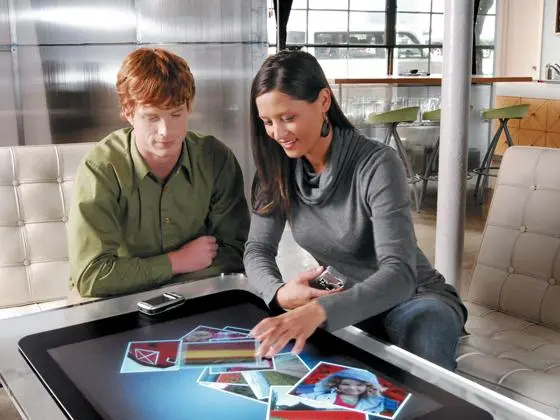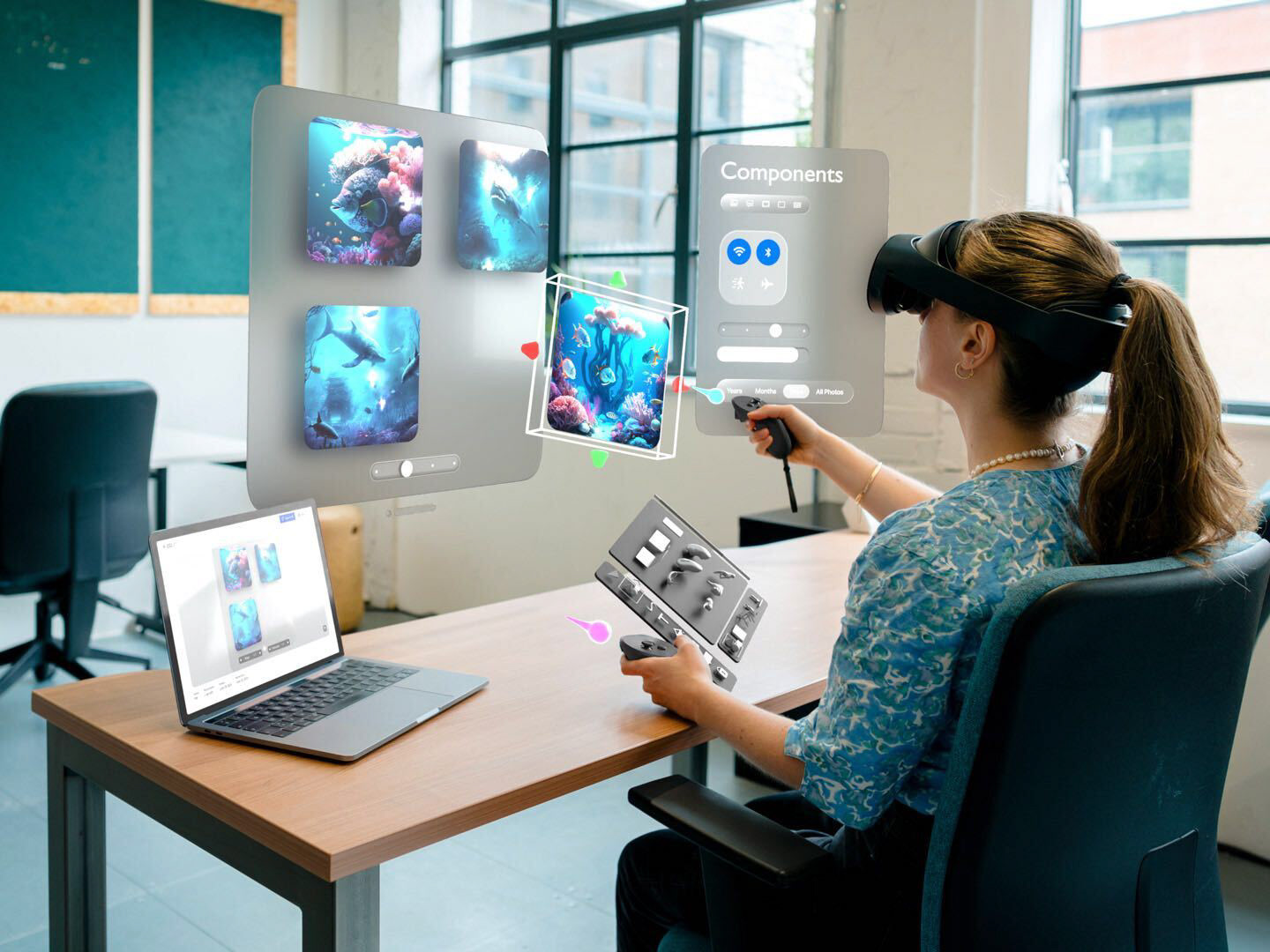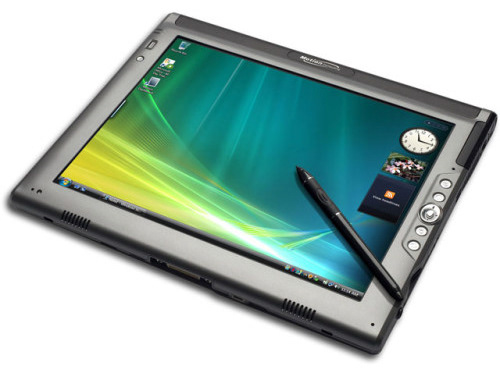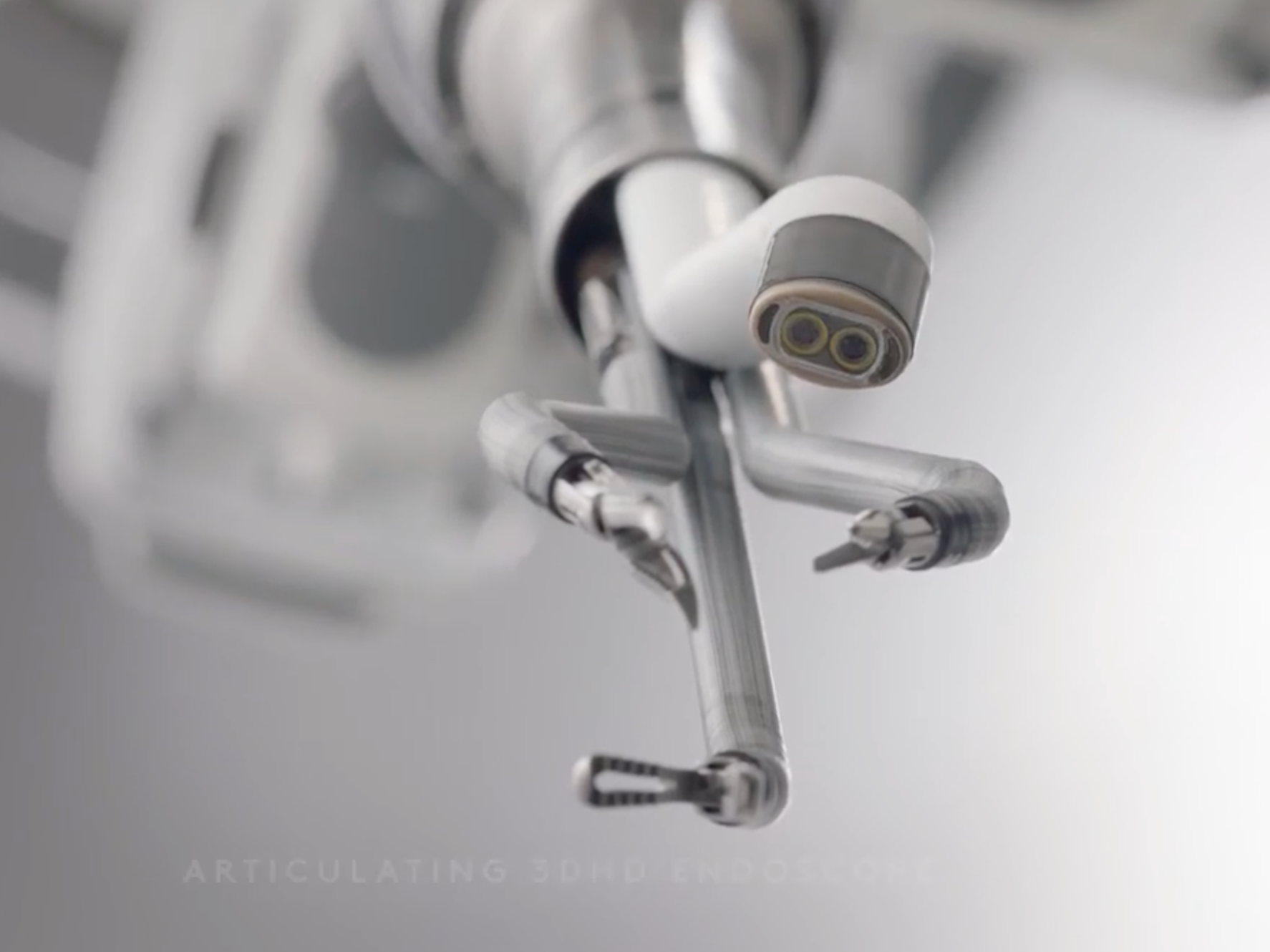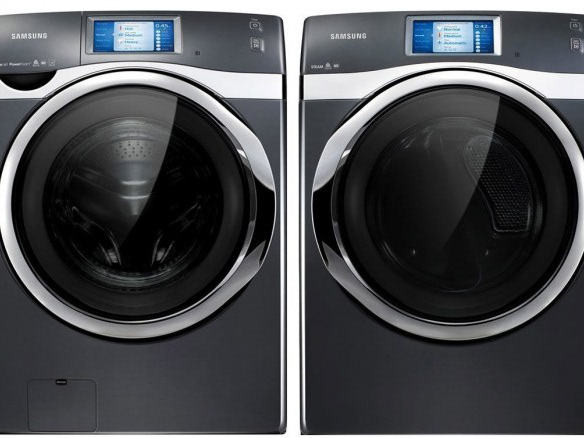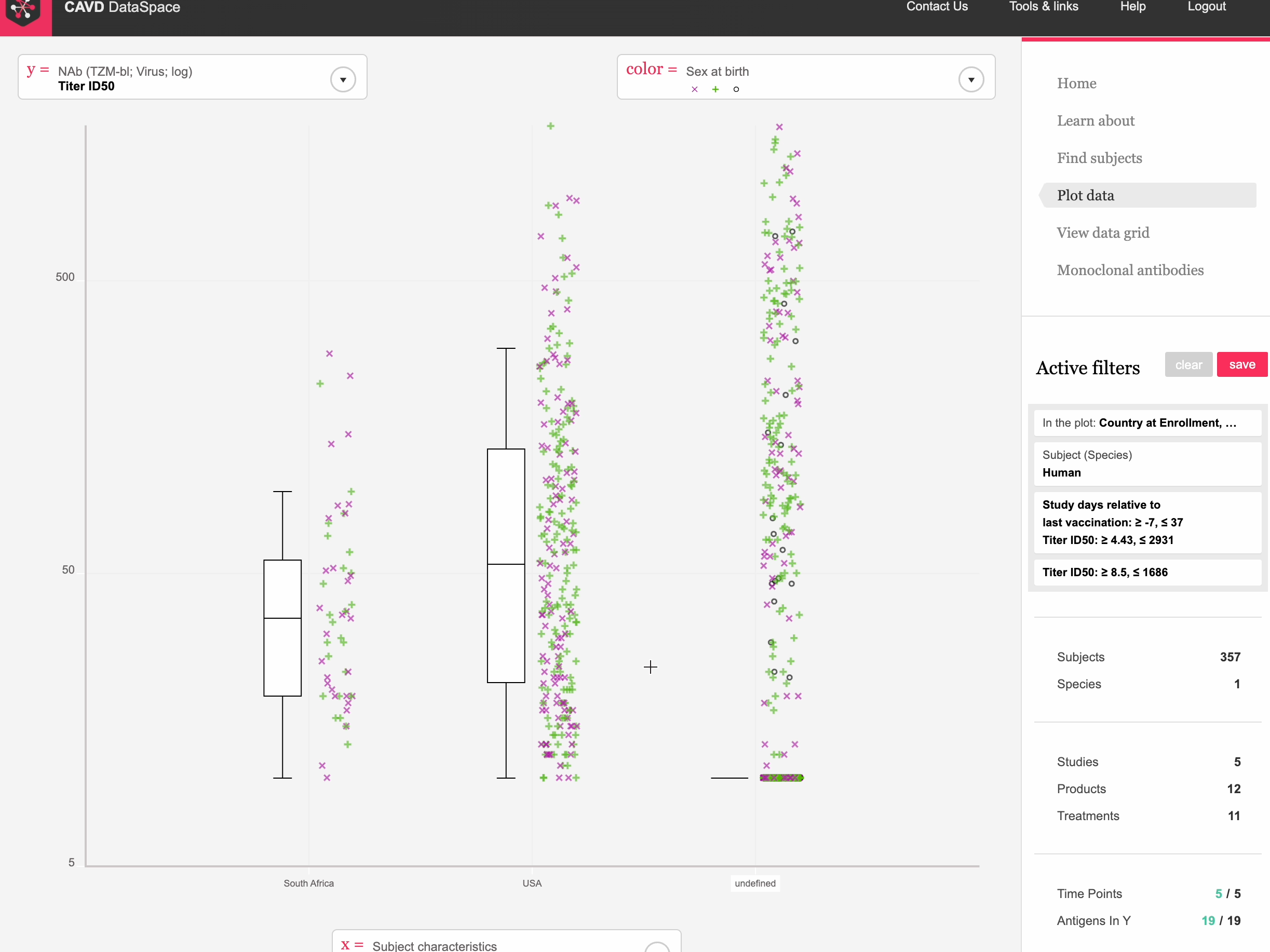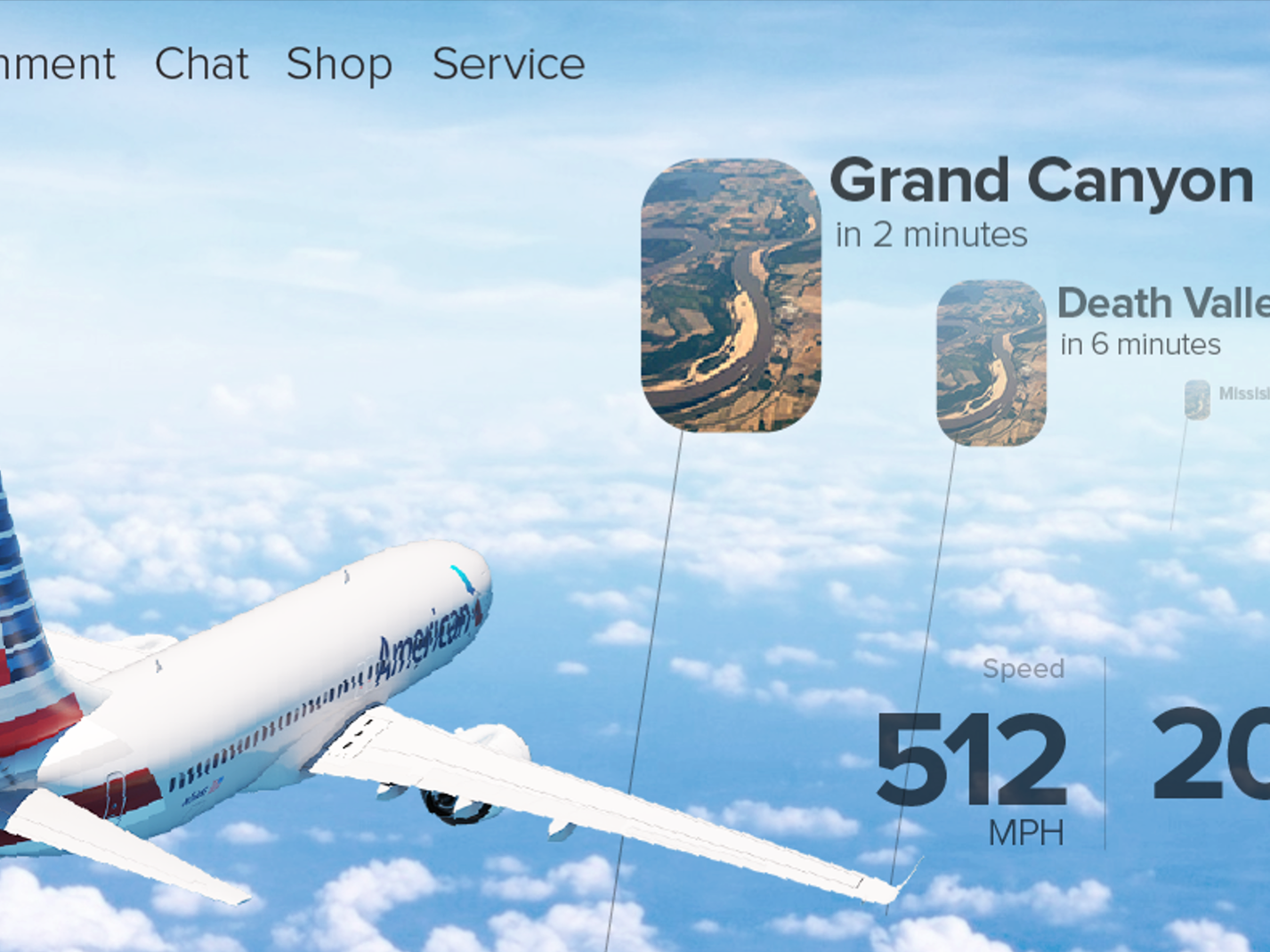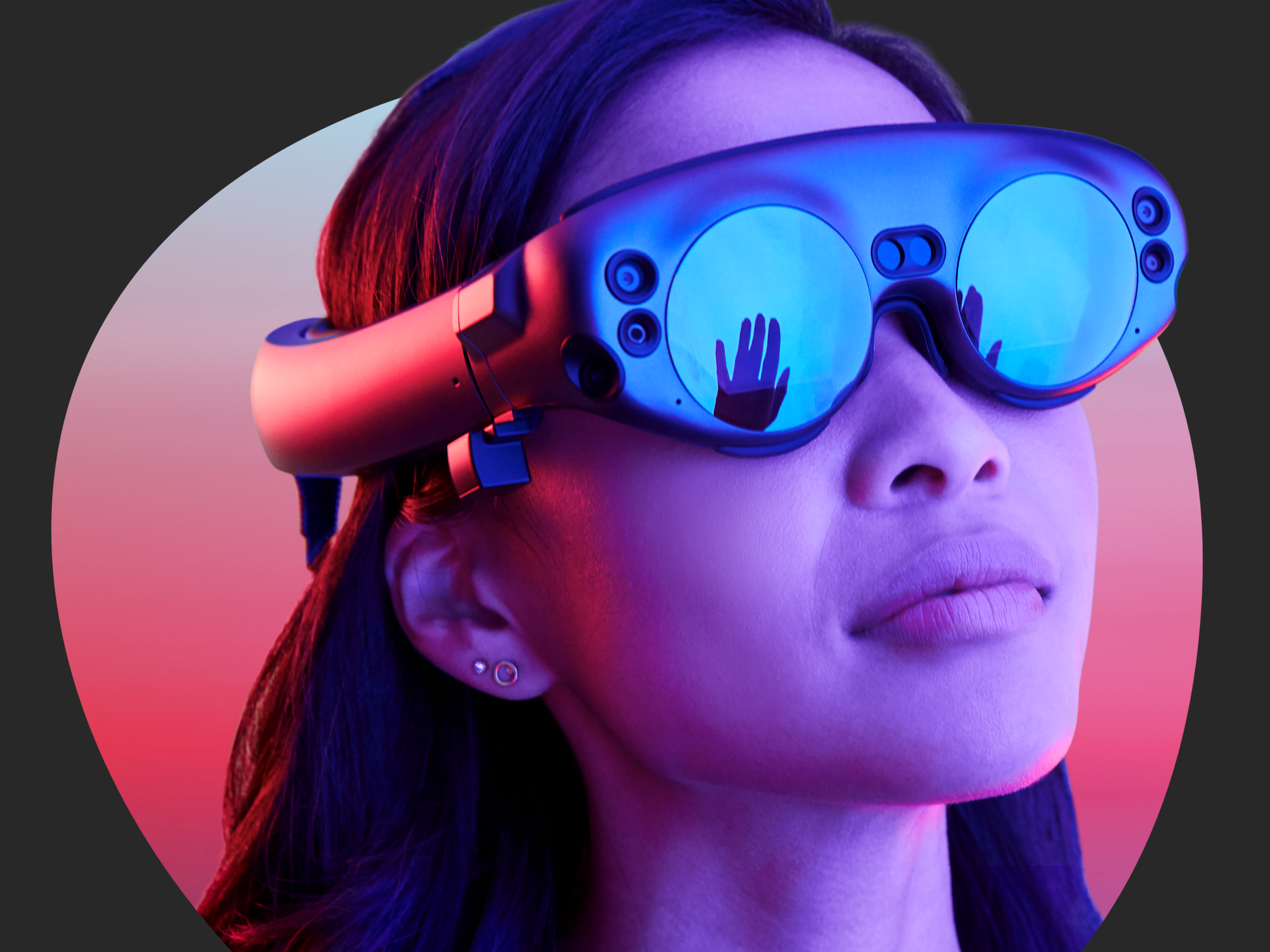After the first year of working on Magic Leap at Artefact I was frustrated at the speed we were going. With no VR or AR native design tools, it was still too difficult to design and iterate the UX design for the product. The HTC VIVE had just come out and I saw an opportunity to create a design tool that would accelerate our design throughput. I pitched to Artefact and Magic Leap that we take a 2-week break and create an MVP for what would become Storyboard VR. We went for it and came out of our sprint with a working tool that we could import sphere maps and transparent PNGs into storyboard frames in VR. We ended up using this as one of our team's primary design tools and an enabled us to quickly onboard designers who didn't have AR or VR backgrounds.
Storyboard VR overview
The Making Of
My initial concept was to create a new storyboarding tool on the iPad that allowed you to create and publish from the iPad to Google Cardboard.
We worked with a concept artist to test out the workflow. We found that using existing drawing tools was a better place to start than creating a drawing tool from scratch. Here's his first time stepping into his drawing.
Using off-the-shelf Unity components I created a rough version of Storyboard VR to create the interface. Very meta. We ended up iterating and pivoting quite a bit through the whole process.
As development was in progress I started creating some sample content that would act as a north star for what we might be able to create. The devs gave me just enough scripts to be able to move to the next frame in Unity. This scene was inspired by a local artist Kazu Kibuishi of Amulet fame.
Another designer joined the team for a bit and helped pull together a visual system that really made the product sine. Go Daryl Tanghe (currently at Google)!
I can't show the Magic Leap designs (because I don't have them). But here is some content I created with the tool once it was fully functional.
AWARD
Amazingly we got on the top 10 most innovative companies in AR/VR in the world in 2018 thanks to this project. And we were able to move much faster in year two of Magic Leap.
